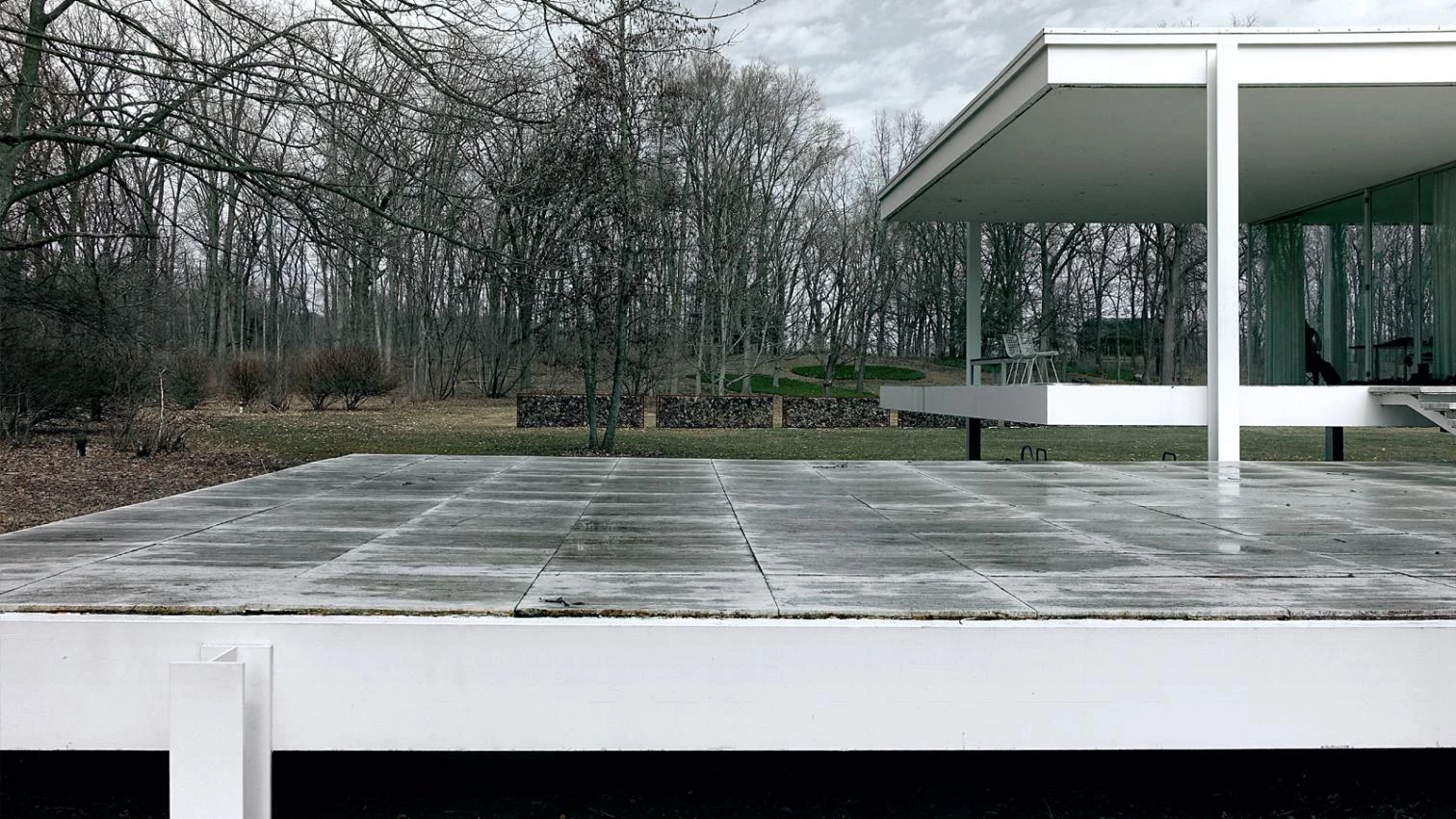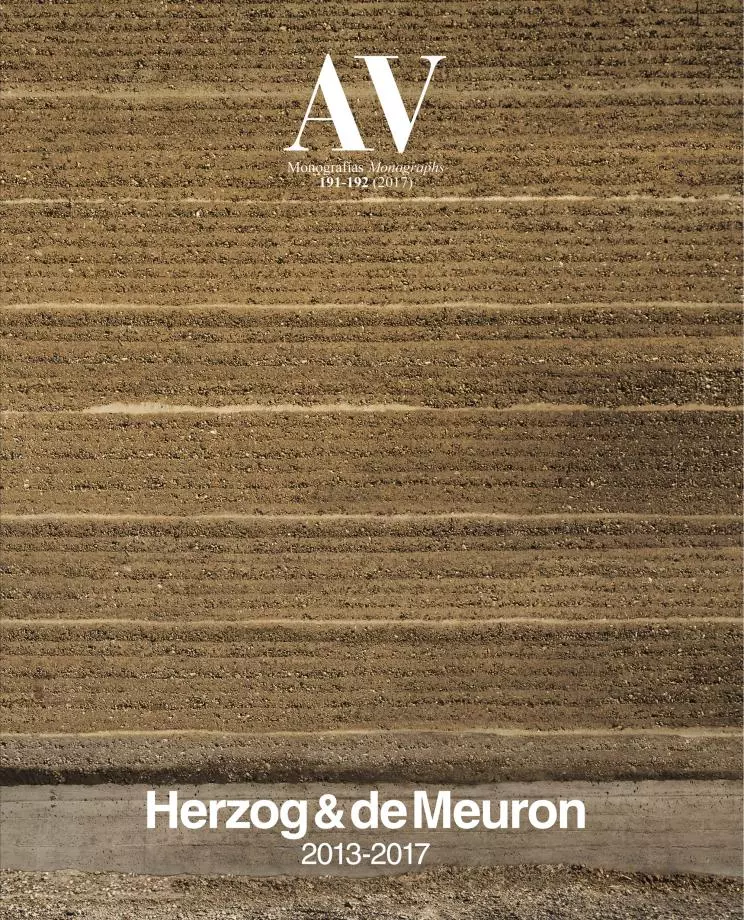
Avec ma main brulée, j’ecris sur la nature du feu. This line of Flaubert, which Ingeborg Bachmann used as Malina’s guiding thread, also serves as a background for Treacherous Transparencies, the most important critical work of Jacques Herzog and Pierre de Meuron to date. Triggered by a visit to Mies van der Rohe’s Farnsworth House, the book uses transparency as a litmus paper for examining the nature of artistic and architectural modernity, in a journey that goes from Bruno Taut and Ivan Leonidov to Dan Graham and Gerhard Richter via Marcel Duchamp and, of course, Mies himself. This inquisitive voyage to the dark side of transparency, which they find more in art than in architecture, is at the same time an exploration of their own sources and an indecisive bonfire casting flickers on their work. Both Pierre de Meuron’s sharp photographs and Jacques Herzog’s limpid texts cover their flaming criticism with a dressing of cold precision and stark clarity, but under this solar light, an untimely blaze scorches the hands and eyes of those describing the fire: the Feuerstätte where their first work was conceived continues to yield ideas and projects of ardent opacity, and demand of its authors the toll of a hand in flames to extract from its belly dark mirrors reflecting the works and the days of a sleepless century.
[+][+]






